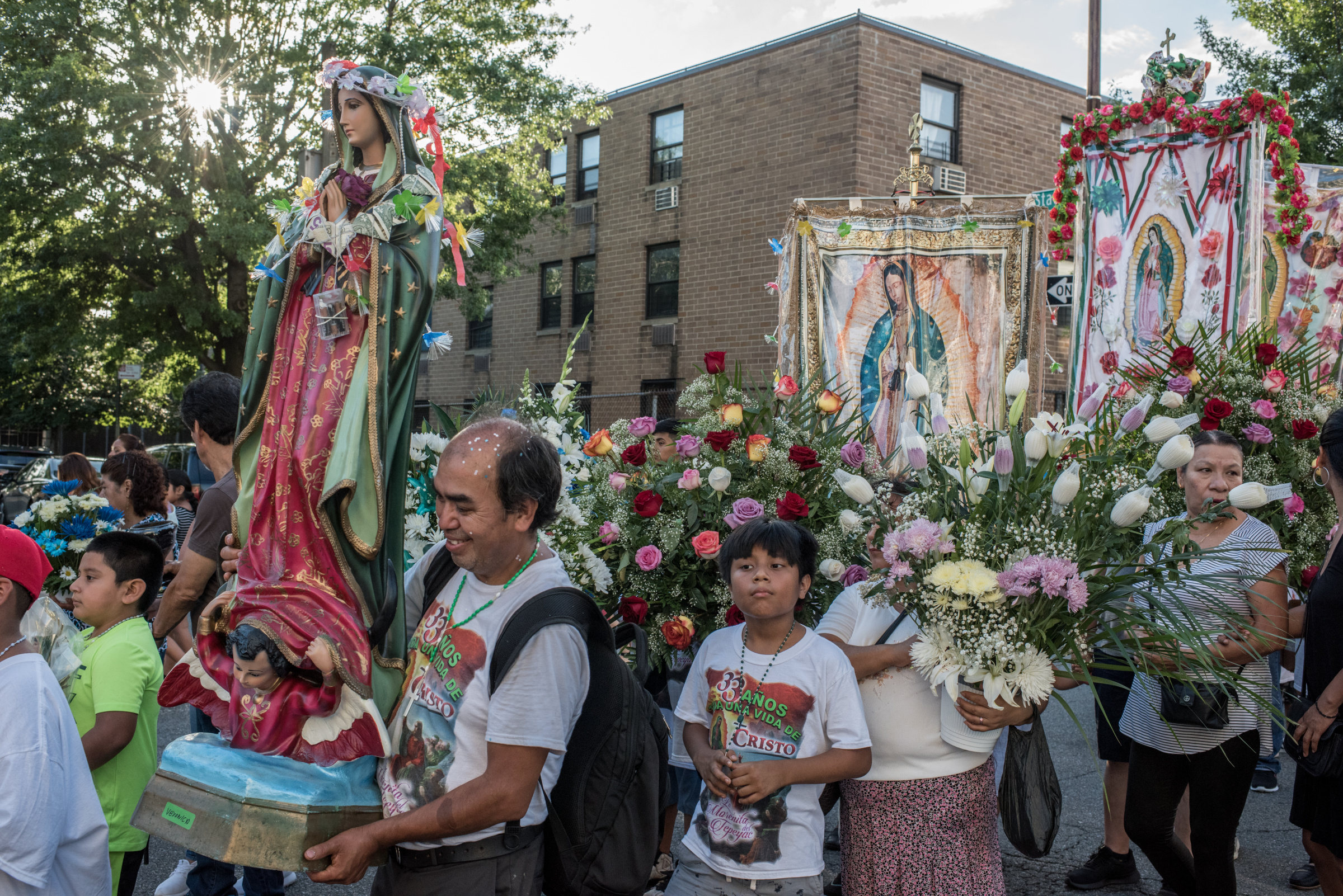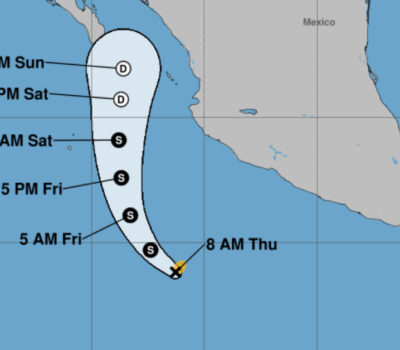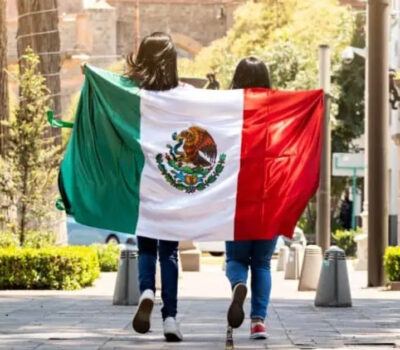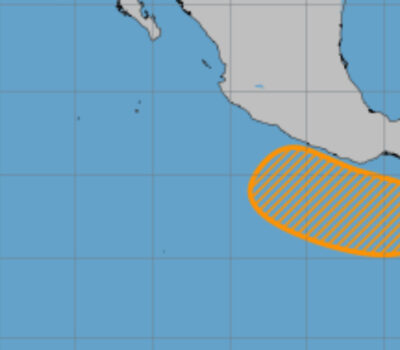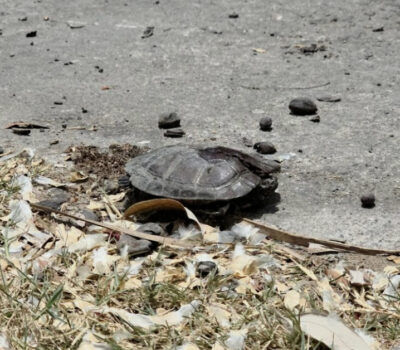Damiana Bravo, 80, was one of the first people from her town to arrive in New York. She arrived from Piaxtla, a town of around 1,000—5,000, if you include its surrounding hamlets—in the Mexican state of Puebla, sometime in the 1970s. She doesn’t remember the year.
It was her second attempt to start a new life and eke out a living to support her six children. A few years earlier, she had migrated to Mexico City where she found employment as a domestic worker. Just a four-hour bus ride away, it was far enough where she could work as a domestic worker and visit her six children on weekends.
But wages in Mexico were low, and the water in Piaxtla was running out, and at the advice of a friend, she ultimately decided to journey north. Bravo found work at a shrimp-packing factory in Brooklyn, where she was joined by other Pueblans; like her, they missed the tastes and smells of Mexico—and she sensed a business opportunity.
“There no tortillerias, bakeries, or cheese factories when I arrived,” she told me when I visited her mole business last month. After working 10-hour shifts at the factory, she would go home and make her mother’s mole de Piaxtla—a spicier and redder version of traditional mole poblano—to sell to her co-workers for extra money.
Mole, made from over a dozen ingredients such as chiles, chocolate, sesame seeds, and dried fruits, is one of the most complex and nuanced sauces in gastronomy. Making mole requires both culinary […]
Read the full story: From Mexico to a Michelin Star
Damiana Bravo, 80, was one of the first people from her town to arrive in New York. She arrived from Piaxtla, a . . .

